A City where you can Breathe Brazil’s Rhythm
2021/5/21
Rio de Janeiro (Brazil)
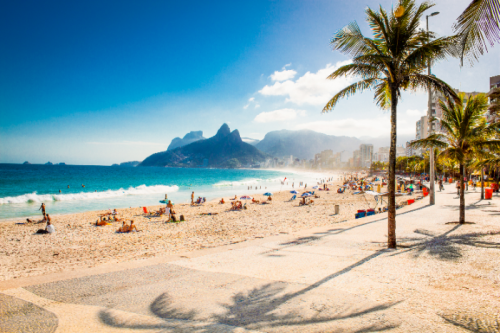
Rio de Janeiro, one of South America’s biggest cities, is known worldwide for its carnival and the enormous Christ statue. With a coastline colored by its white beach and islets that rise from the sea, it’s also known as one of the three most beautiful ports in the world. This city and its amazing scenery merged with the carioca lifestyle was registered as a World Heritage Site in 2012. Carioca is a demonym used to refer those who live in Rio de Janeiro. This time, we would like to focus on the city’s culture, created by its cheerful and energetic people.
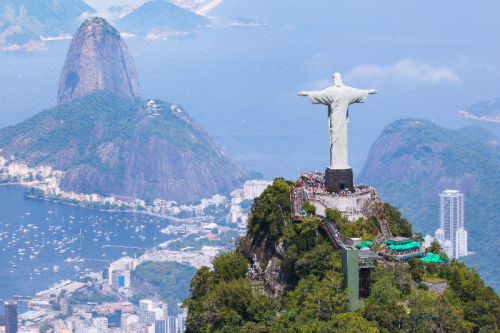
The Breathtaking View from the Hill
The first place you should visit while in Rio de Janeiro is Corcovado Hill, one of the city’s landmarks. This is the best place to admire Rio’s breathtaking beauty for the first time. On the summit there is a magnificent Christ statue that was built to commemorate the 100th anniversary of Brazil’s independence. From there you can see a panorama of rocks, blue sea, white sand and buildings in the mountains; all extending right before you. The coexistence between magnificent nature and people’s livelihoods makes this view a “cultural scenery” that will leave you speechless.
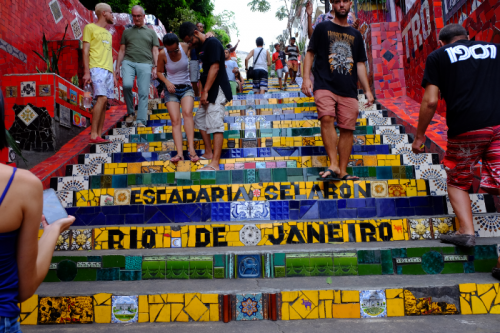
Walking Inside this Cultural Scenery
After enjoying Corcovado Hill’s magnificent view, we decide to infiltrate the insides of this “cultural scenery.” In the Centro neighborhood you can see many historical buildings next to modern skyscrapers. You can enjoy the many buildings, from those erected when Brazil still was a Portuguese colony, to modern constructions made for the 2016 Summer Olympics. The Escadaria Selarón (Selarón Steps), with its more than 2000 tiles, is a particularly popular touristic spot, and the most colorful steps in the world. With a reference to Brazil’s flag, the green, blue, and yellow steps look very cool in contrast with the red walls.

For lunch we will enjoy churrasco, Brazil’s representative plate. This is a traditional Brazilian barbecue, where a chunk of meat is seasoned with rock salt and slowly char-grilled. The umami of the juicy meat, the charcoal aroma, and the volume of the dish will give give you absolute satisfaction. After eating, we are ready to have Brazil’s representative cocktail, the caipirinha. Made with the sugar cane liquor cachaça, lime juice, sugar and smashed ice, it has an addictive and refreshing flavor. Still, be careful not to drink too many caipirinhas, as each of them packs quite a punch.
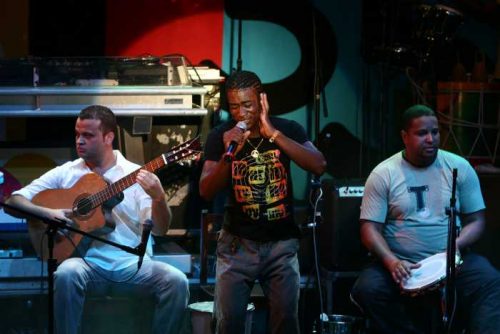
Of Samba and Favelas
Rio de Janeiro is known as the capital of samba and bossa nova. Samba is a mix of different rhythms that symbolizes Brazil’s history as a country of immigrants. It includes percussion and religious music was brought by slaves from Africa, as well as western born music such as polka and mazurka. Samba culture was developed by the inhabitants of favela neighborhoods. Each time Peace Boat calls at Rio de Janeiro, we join a cultural exchange program with an organization that improves the livelihoods of people living in favelas through music and dance.
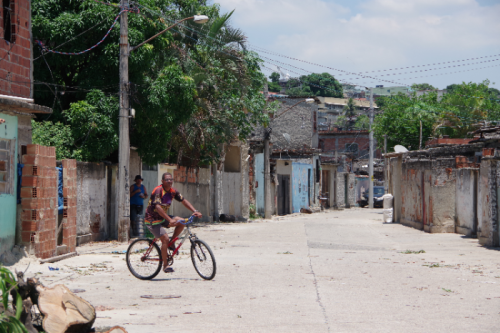
Visiting a Favela and interacting with its residents
Afro Reggae is an NGO start by youth with the aim of “breaking the chains of poverty and crime through the power of music and art.” We visit their headquarters, a cultural center inside a favela. After arriving, we join a guided tour around the favela with Afro Reggae members and local children. While favelas might have an image of being violent and dangerous, and this is indeed an issue, here we can see people living their lives – washing their clothes, families sitting around the table for dinner, and children playing in the streets. Still, looking around you can also find bullet traces on walls and electrical posts, reminding you of the cruel reality experienced by people living here.
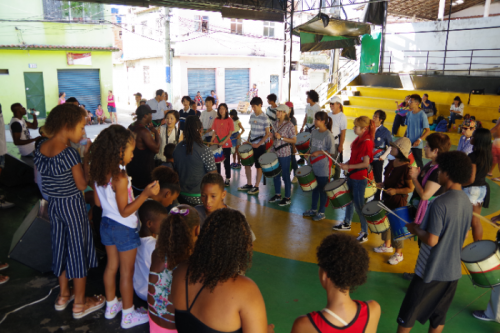
After the guided tour, we take part in a percussion lesson for children. We also try playing the drums, following the teacher’s example. With the power of music overcoming linguistic barriers, we enjoy the children’s performance, dancing to their rhythm and sharing expressions and eye contact with them. Our time in the favela is a precious experience full of musical energy and people’s warmth. With the hope of visiting this rhythmical city again during carnival season, we say goodbye to Rio de Janeiro.
PHOTO: PEACEBOAT, Matsuda Sakika, Okuhira Keita, Stacy Hughes, AdobeStock, shutterstock.com
